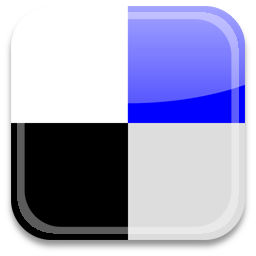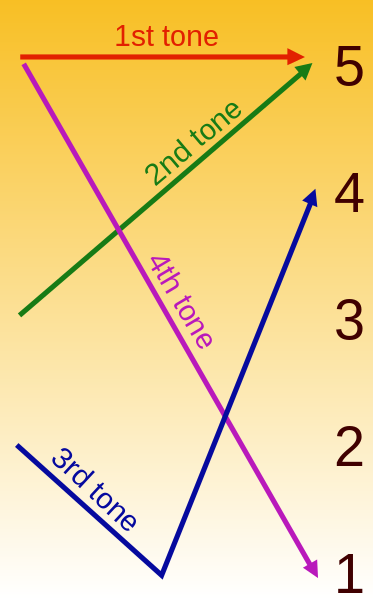 This is a clap during the Beijing Olympics and in this crash class you will find something you may already be familiar with, say, Pinyin (tone) and still can learn something new:
This is a clap during the Beijing Olympics and in this crash class you will find something you may already be familiar with, say, Pinyin (tone) and still can learn something new:wǒ shì ...(我是...) =wǒ jiào... (我叫) =My name is...
wǒ shì:
wǒ jiào:
Obviously, it's just a way to introduce. wǒ(我) means 'I','me', shì(是) is just 'is','am', or 'are' in English.
wǒ yào(我要)...=I want...
As you can see or guess, yào(要) means 'want'. For example, you can say: wǒ yào nà (that) běn shū=I want that book. Here, 'běn(本)' just plays the role similar to 'piece' as in 'a piece of paper'.
tīng bù dǒng(听不懂)=I don't understand.
Actually this is different from I don't know. Say if some is speaking Chinese and you have absolutely no idea what she is talking about, you should say 'tīng bù dǒng(听不懂)', as Al in the clap. In fact, some of my American friends find this a useful way to refuse to answer questions:)
wǒ è le(我饿了)= I am hungry.
Read more...













 OK, now you can check it with us:)
OK, now you can check it with us:) 



 We will show you how to make it come ture step by step.
We will show you how to make it come ture step by step.
 4. Now just cut along the outline you just drawed, then you can creat this '福' out of your yellow paper.
4. Now just cut along the outline you just drawed, then you can creat this '福' out of your yellow paper. 5. Then cut out a square from the red paper, and paste the yellow 'Fu' on it, and you are done! You can adjust the length of the red square. For us, we choose 26cm.
5. Then cut out a square from the red paper, and paste the yellow 'Fu' on it, and you are done! You can adjust the length of the red square. For us, we choose 26cm. This is our product:
This is our product: How about yours?
How about yours? While for Chinese people, each year, around late January and early February (according to the Chinese Lunar Calendar), it is the
While for Chinese people, each year, around late January and early February (according to the Chinese Lunar Calendar), it is the 













